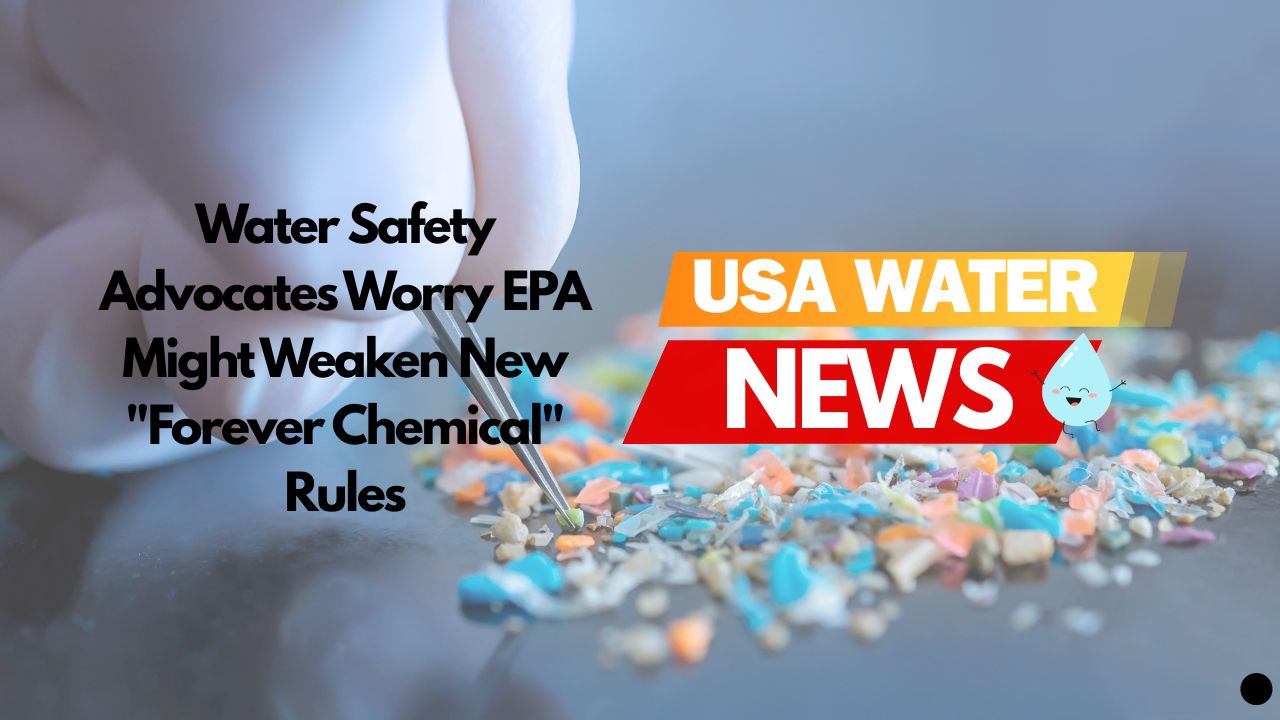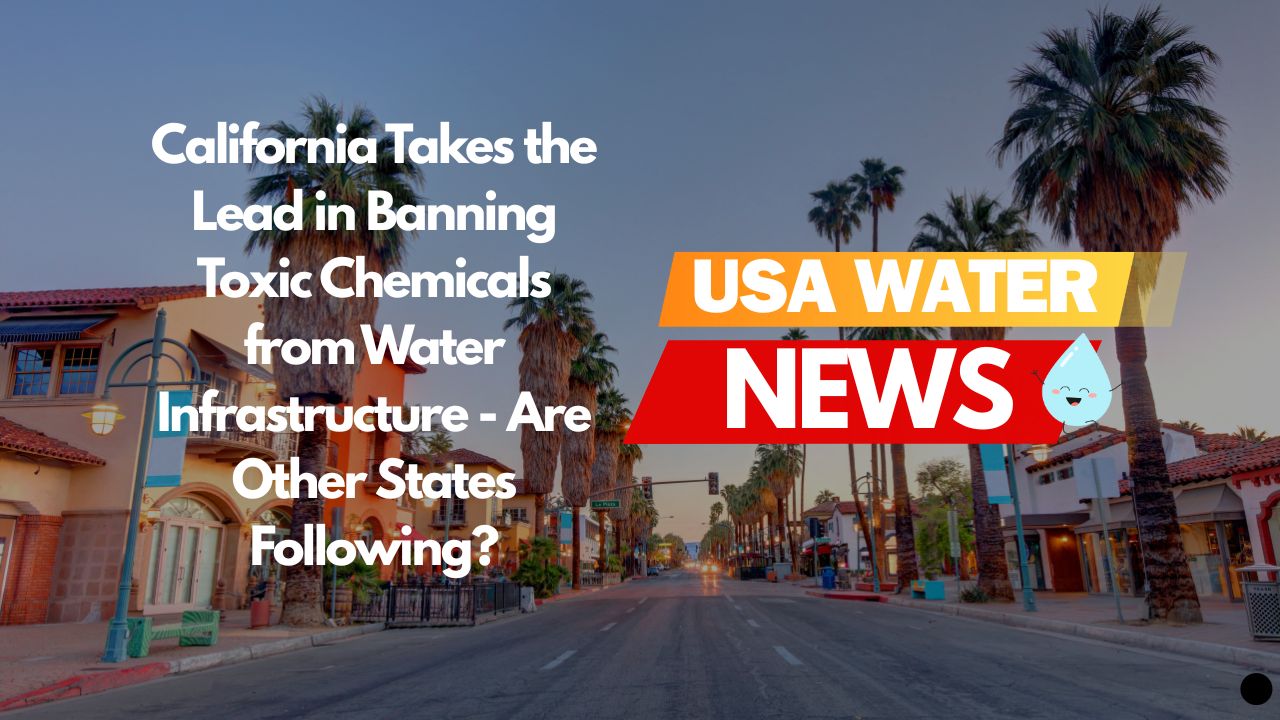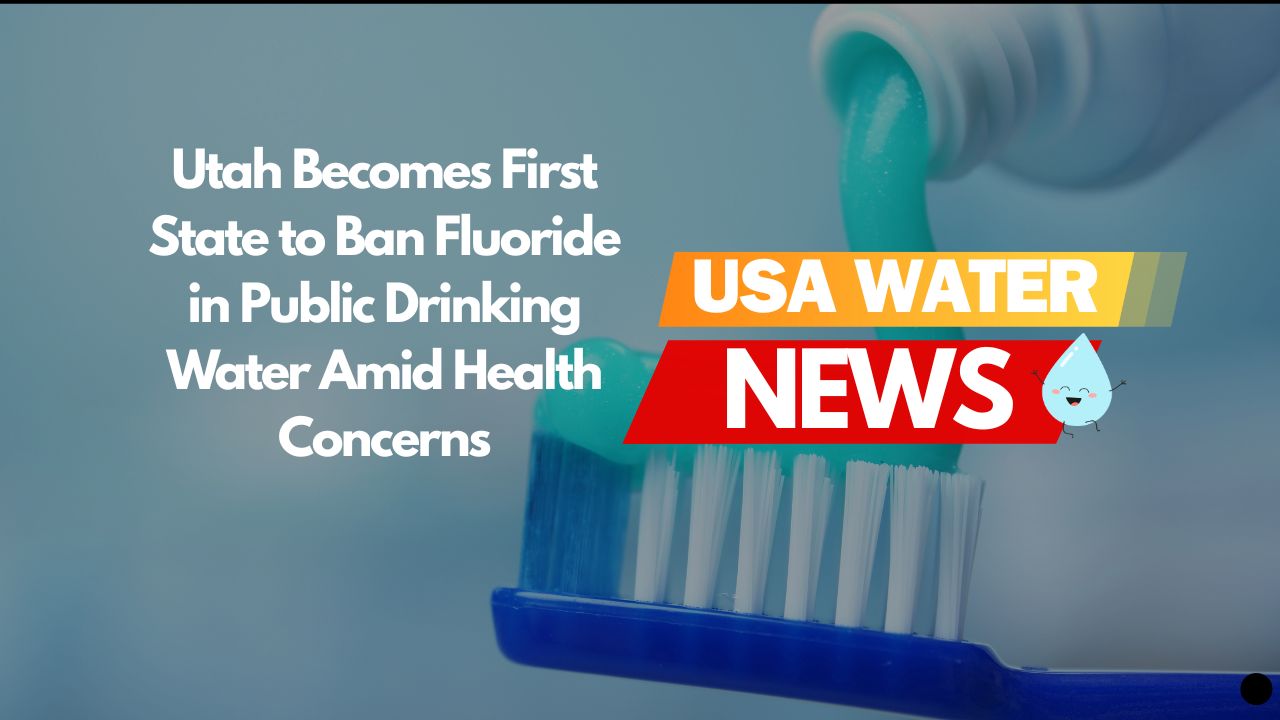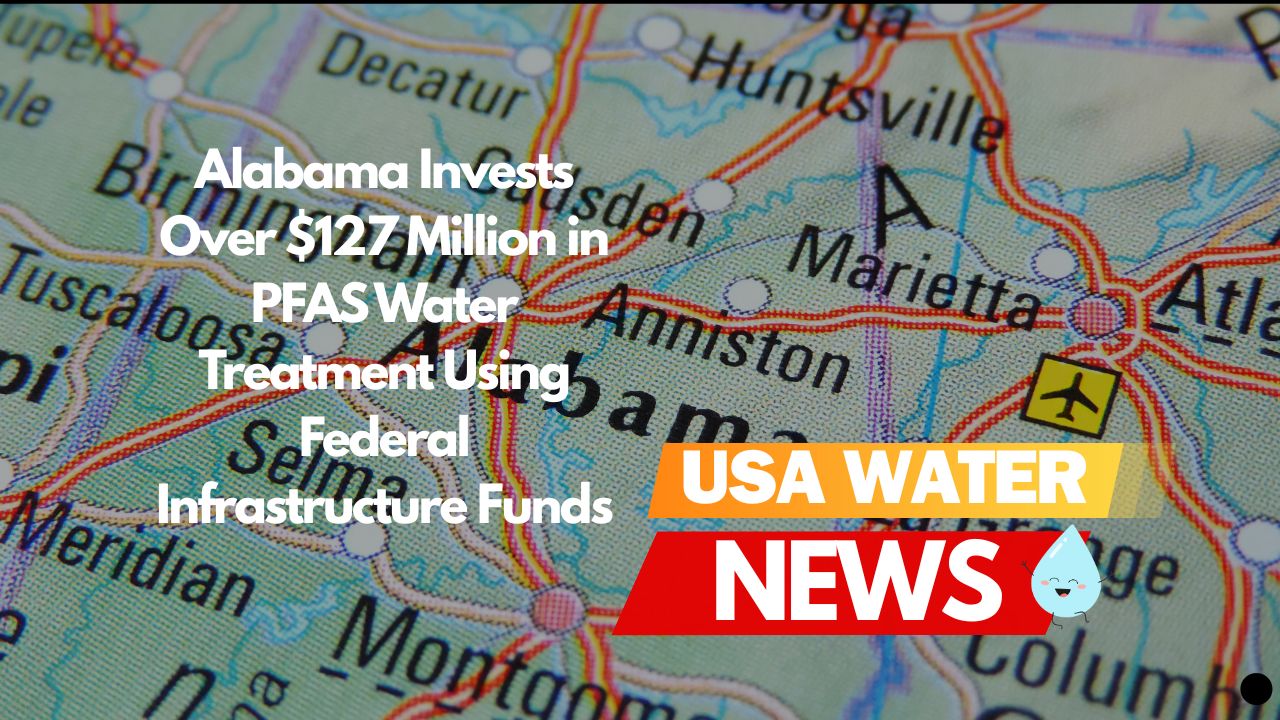Environmental groups are concerned that new protections for drinking water could be rolled back before they even take effect.
Last year felt like a big win for clean water. After decades of waiting, the Environmental Protection Agency finally announced rules to limit dangerous “forever chemicals” called PFAS in drinking water.
Families in contaminated communities celebrated. Environmental groups called it historic. It seemed like help was finally coming for people who had been drinking polluted water for years.
But now, some advocates are worried that these new protections might not last. They’re concerned that pressure from water companies and chemical manufacturers could convince the EPA to change their minds before the rules even go into effect.
What Are Forever Chemicals?
PFAS got the nickname “forever chemicals” because they never break down in nature. Companies use them to make non-stick pans, waterproof jackets, and food containers. But scientists have learned that these chemicals can cause cancer, liver problems, and other serious health issues.
These substances are particularly scary because once they get into the environment or your body, they stay there basically forever. That plastic food container you microwaved last week? If it had PFAS in it, those chemicals could still be in your system years from now.
Why the EPA’s 2024 Rules Mattered
In April 2024, the EPA made a big announcement. They were going to require water companies to limit six types of PFAS chemicals in public drinking water.
The new rules said water companies would have to keep the two most dangerous types – PFOA and PFOS – below 4 parts per trillion. That’s an incredibly tiny amount, but researchers say even small amounts can hurt people over time.
Water companies got until 2029 to install equipment that can remove these chemicals from their water systems.
EPA Administrator Michael Regan said at the time, “Drinking water contaminated with PFAS has plagued communities across this country for too long.”
Why Advocates Are Worried Now
According to reports from the Environmental Working Group and other environmental organizations, they are watching carefully to see what happens to these new rules. They’ve seen this pattern before – strong environmental protections get announced, then get weakened or delayed when businesses complain.
Their concerns come from several sources:
Industry pushback: Water industry associations have expressed concerns about how expensive it will be to follow the new rules. Some say it could cost billions of dollars to install the right equipment.
Political changes: Environmental rules often change when different political parties take control of government agencies.
Historical patterns: Many environmental protections have been weakened or eliminated in the past when industries argued they were too costly.
David Andrews, a scientist with the Environmental Working Group, has stated he’s concerned about any potential weakening of what he considers a major public health victory.
How Much Could It Cost to Clean PFAS?
The biggest concern raised about the PFAS rules is cost. Water industry groups say removing these chemicals will be incredibly expensive.
The EPA estimated it would cost about $1.5 billion per year for all water companies nationwide to comply. But water industry associations estimate the real cost could be much higher – maybe $2.5 to $3.2 billion every year.
That sounds like a lot of money. But consider this: Americans spend over $4 trillion every year on healthcare, according to government statistics. If PFAS chemicals are making people sick, cleaning up the water might actually save money on medical bills in the long run.
There’s also a question about who should pay. Should it be the families who drink the water, or the chemical companies that made these pollutants in the first place?
What Could Happen
According to EWG reports, advocates worry about several possible scenarios:
Delayed deadlines: Instead of 2029, water companies might get until 2031 or later to clean up their systems.
Weaker limits: The EPA might decide to only regulate the two worst chemicals instead of all six.
Loopholes: New rules might include exceptions that let some water companies avoid the requirements.
Enforcement problems: Even if the rules stay the same, they might not be enforced strictly.
None of these things have happened yet. But environmental groups say they’re watching for warning signs and preparing to fight any attempts to weaken the protections.
Why This Matters to Families
If the PFAS rules get weakened, millions of Americans could continue drinking contaminated water for years longer than necessary.
These chemicals are already showing up in water systems serving major cities like Los Angeles, Chicago, and many smaller communities. Without strong federal rules, most water companies probably won’t spend the money to remove PFAS on their own.
That means families would keep drinking water with chemicals that scientists know can cause health problems, just because cleaning it up costs too much money.
What People in Affected Communities Say
Emily Donovan lives in Wilmington, North Carolina, where PFAS contamination has been a major problem. She’s been fighting for clean water for years.
“We learned about GenX and other PFAS in our tap water six years ago,” Donovan said in a statement to Clean Cape Fear, an advocacy organization. “I raised my children on this water and watched loved ones suffer from rare or recurrent cancers. No one should ever worry if their tap water will make them sick or give them cancer.”
People in communities like hers are worried that just when help seemed to be coming, it might get taken away again.
What Advocates Are Doing
Environmental groups aren’t just sitting around worrying. They’re taking action to try to protect the new PFAS rules:
Monitoring: They’re watching closely for any signs that the EPA might weaken the standards.
Lobbying: They’re talking to politicians and government officials to explain why strong PFAS limits are important.
Public campaigns: They’re trying to keep public attention focused on the issue so it doesn’t get forgotten.
Legal preparation: If the rules do get weakened, some groups are preparing to challenge those changes in court.
How to Take Action as a Family
This might seem like a problem that’s too big for ordinary families to influence, but that’s not true. Environmental rules often change based on how much attention the public pays to them.
Here’s what people can do:
Stay informed: Pay attention to news about PFAS rules and water quality in your area.
Contact representatives: Call or write to your senators and representatives in Congress. Tell them you want strong protections for drinking water.
Support advocacy groups: Organizations like the Environmental Working Group need public support to keep fighting for clean water.
Test your water: If you’re worried about PFAS in your area, you can get your water tested to see what’s actually in it.
🔗 Want to check if your city’s water is affected? Use our national tap water database to see what contaminants have been detected in your local water system and get personalized filtration recommendations.
Looking at History
Environmental advocates have good reason to be worried. History shows that environmental protections often face challenges after they’re announced.
Rules to protect air quality, limit toxic chemicals, and preserve natural areas have all been weakened or eliminated in the past when industries complained about costs.
The original PFAS limits only happened because communities affected by contamination fought for years to get government attention. Those same communities are now worried they might have to start fighting all over again.
What Happens Next
Right now, the PFAS rules announced in April 2024 are still official policy. Water companies are supposed to start working toward the 2029 deadline.
But advocates will be watching carefully for any signs of change. They know that environmental protections can disappear quietly if people aren’t paying attention.
The next few months will be important for seeing whether the promise of cleaner water will actually become reality or whether it will become another promise that gets broken when it becomes inconvenient.
The Bottom Line
The fight for clean drinking water isn’t over just because good rules get announced. Those rules have to survive political pressure, industry complaints, and changing government priorities.
Environmental advocates are worried that the historic PFAS limits announced last year might not survive these challenges. They’re working to make sure that families who have been waiting decades for clean water don’t have to keep waiting.
For millions of families already drinking PFAS-contaminated water, the stakes couldn’t be higher. They finally got a promise of help — and now they must fight to make sure that promise gets kept.
Note: This article discusses concerns raised by environmental advocacy groups about potential challenges to EPA’s 2024 PFAS drinking water standards. As of publication, the EPA has not announced any official changes to these regulations. This analysis is based on publicly available statements from advocacy groups, industry associations, and government sources.
Sources: Information based on EPA press releases, Environmental Working Group analysis, public statements from advocates, and government healthcare spending data from the Centers for Medicare & Medicaid Services.
Check your water now!
We have translated and compiled water reports on every state in the US, and covered over 100 cities. Find out how good your water is today!
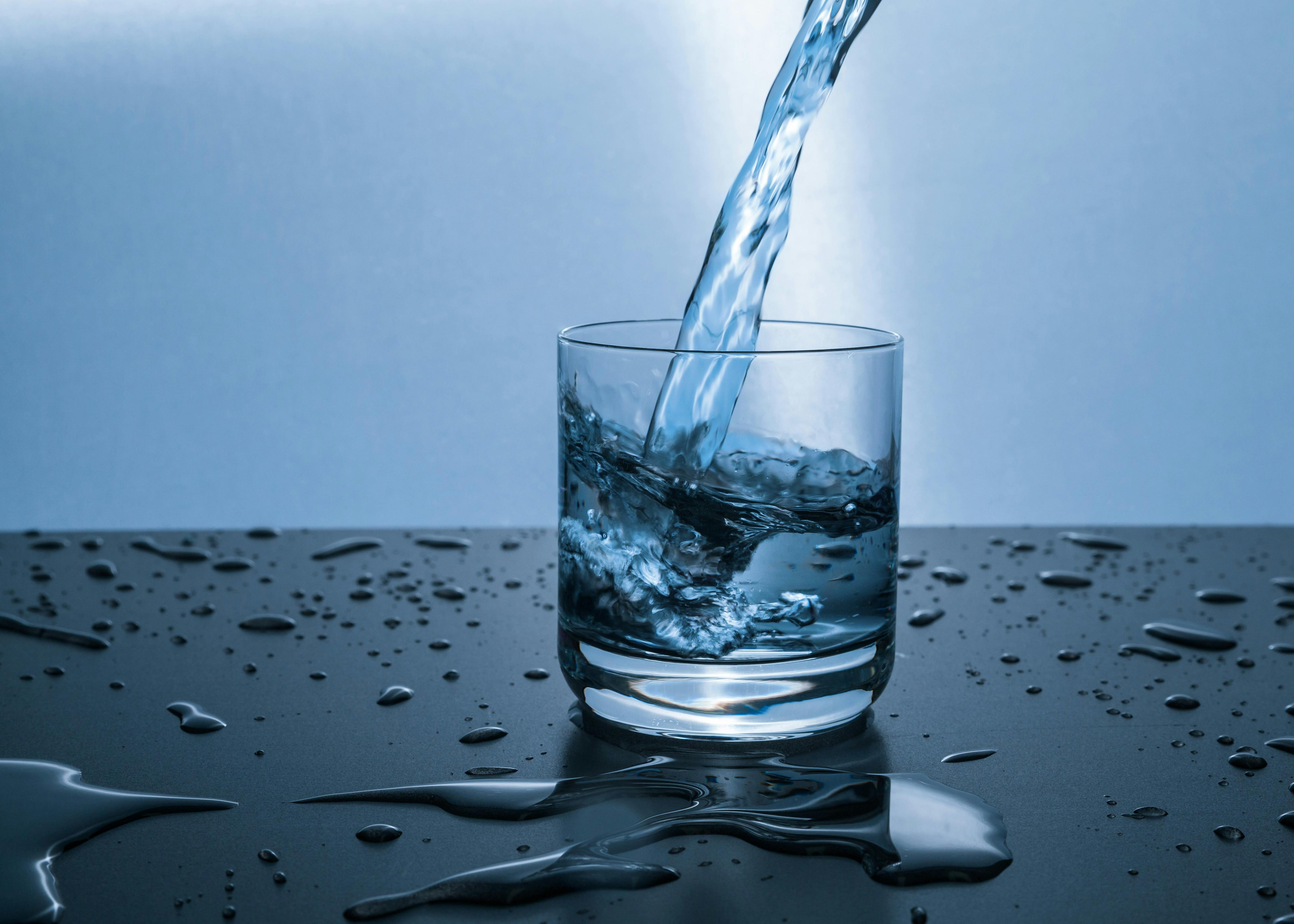
Please read – our information
The information presented on cleanairandwater.net is compiled from official water quality reports, trusted news sources, government websites, and public health resources. While we strive for accuracy and thoroughness in our presentations, we are not scientists, engineers, or qualified water quality professionals.
Our mission is to present water quality information in an accessible, real-world format that helps people understand what’s in their water and make informed decisions about their health and safety. We believe that complex environmental information should be available to everyone in a format that’s easy to understand.
We make every effort to ensure our content is current and accurate, but we cannot guarantee that all information is complete or error-free. This website should not replace official communications from your local water utility or health department. We always recommend consulting official sources for the most up-to-date information regarding your specific water system.
Clean Air and Water is not liable for any unintentional errors, omissions, or outdated information. The content on this site is provided for informational purposes only and should not be considered professional advice.

